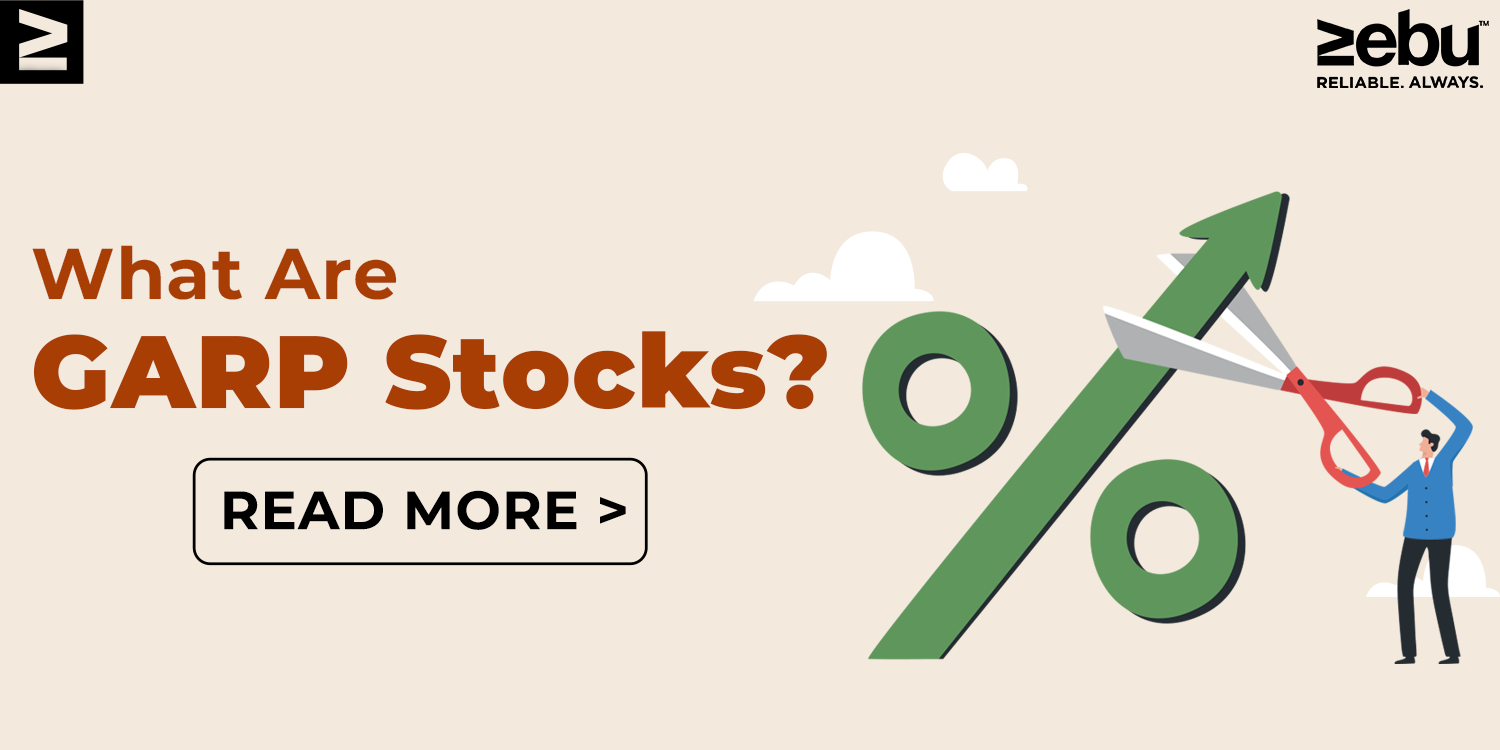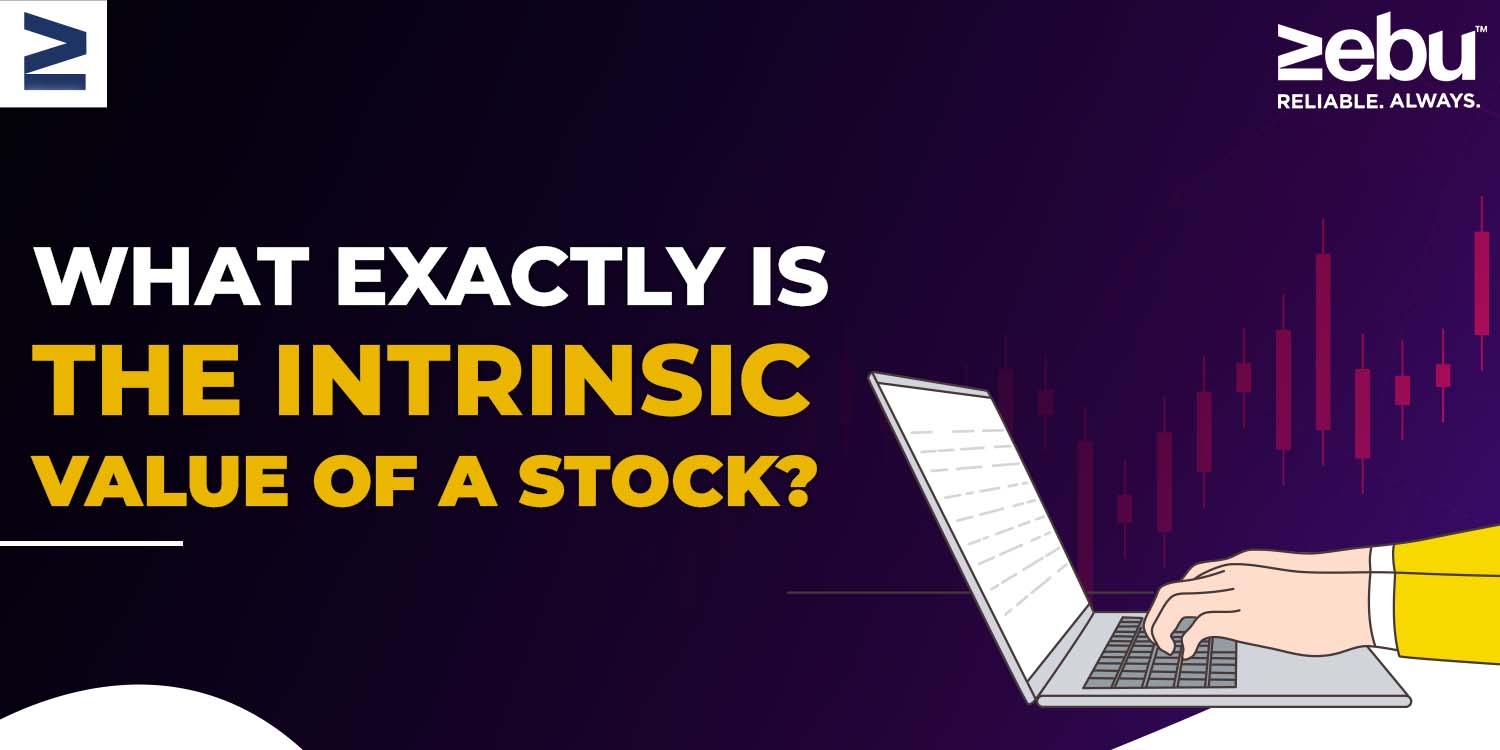
Multibaggers describe equity shares of a company that could give returns that were many times greater than the cost of buying them. The correct answer is that these stocks give investors a return of more than 100%. There are many multibagger stocks that are great investments from companies with high growth. Due to their strong fundamentals, multibagger shares usually trade at a discount, which makes them great investments. These businesses have great ways of making things and good ways of running them. Such shares might be in high demand on the market because they show that a company is good at research and development. Companies that own these kinds of shares can grow quickly.
How can you find a multibagger?
Before you invest in a company, think about the following to find shares that will make you money. The amount of debt that the company in question takes on must be reasonable. Different industries have different ideas of what is reasonable, but in general, debt shouldn’t be more than 30% of the value of equity. It’s important to look at how the company has done in the past because that can show if its revenue is likely to grow slowly or not. The operations of a company may be easy to scale up, which could make its shares go up in value by a lot. It can be helpful to know how much money the business makes and where that money comes from. A company’s operations may also be affected by whether or not its management, business model, or organisational structure has changed in a big way.
How important multibaggers are
The Best Multibagger Due to the huge returns they offer, stocks are known for helping people make a lot of money. But you have to buy a lot of these shares if you want to invest in them and make money. This means that if they lose money, it could have a very bad effect on the world. These stocks could also get caught in an economic bubble for a short time. But when the bubble pops, investors could lose a lot of money. Multibagger stocks may not be the best choice for people who are new to trading stocks and don’t have much extra money. They might be better off putting their money into mutual funds.
Alternatives to multibaggers
Mutual funds offer their clients a diverse portfolio of stocks, bonds, or other securities. These portfolios are managed by experts and don’t cost much for investors. There are different kinds of mutual funds that take into account different things, like the kinds of assets they invest in, their goals, and the returns they want. A big chunk of the money in employer-sponsored retirement plans comes from mutual funds. It’s important to remember that investors in mutual funds pay annual fees, which are sometimes called “expense ratios.” These things could change the total returns.
In conclusion
People find it easier to invest in the stock market now that they can buy and sell mutual funds online. Before making an online investment in a mutual fund, investors must do a lot of research. The Internet can be a good place to find information about mutual funds that you can invest in right away.


